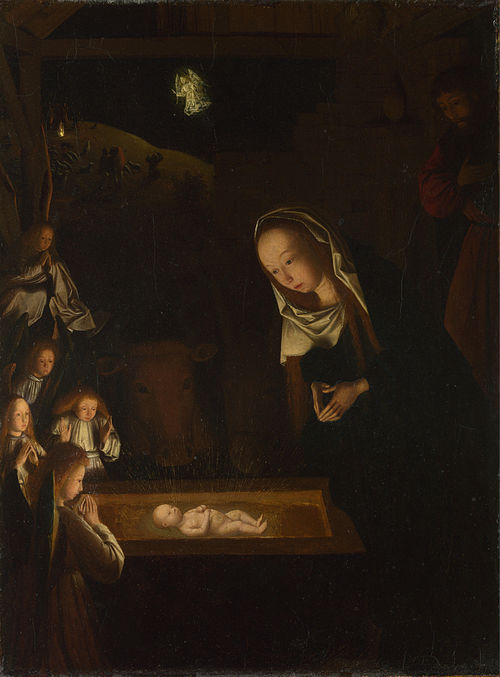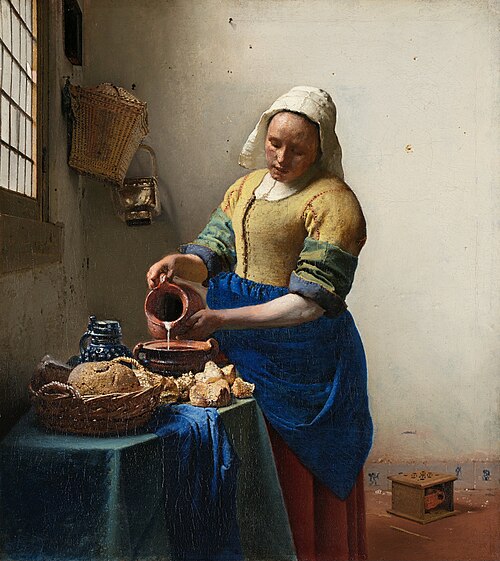Tenebrismnoun
A style of painting using very pronounced chiaroscuro, with darkness a dominating feature of the image.
Tenebrism
Tenebrism, from Italian tenebroso (), also occasionally called dramatic illumination, is a style of painting using especially pronounced chiaroscuro, where there are violent contrasts of light and dark, and where darkness becomes a dominating feature of the image. The technique was developed to add drama to an image through a spotlight effect, and is common in Baroque paintings.
Chiaroscuronoun
(painting) An artistic technique developed during the Renaissance, referring to the use of strong contrasts between light and dark in order to create the illusion of volume.
Chiaroscuronoun
(painting) A monochrome picture made by using several different shades of the same color.
Chiaroscuronoun
(arts) The use of two or more blocks of wood printed in different colors in a woodcut.
Chiaroscuronoun
(photography) A photographic technique in which one side of, for example, a face is well lit and the other is in shadow.
Chiaroscuroadjective
(figuratively) Possessing the qualities of a work of chiaroscuro.
Chiaroscuronoun
The arrangement of light and dark parts in a work of art, such as a drawing or painting, whether in monochrome or in color.
Chiaroscuronoun
a monochrome picture made by using several different shades of the same color
Chiaroscuro
Chiaroscuro (English: kee-AR-ə-SKOOR-oh, -SKEWR-, Italian: [ˌkjaroˈskuːro]; Italian for 'light-dark') is one of the canonical painting modes of the Renaissance. In art, it is the use of strong contrasts between light and dark, usually bold contrasts affecting a whole composition.













































